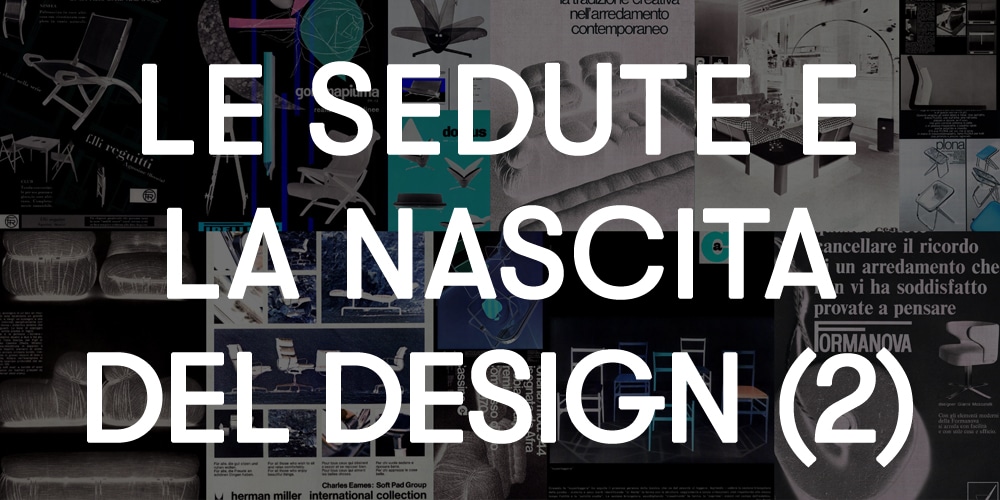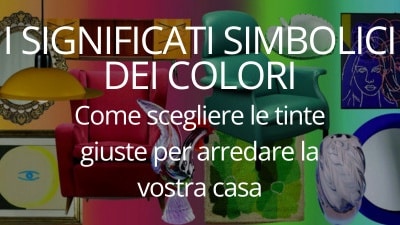Seats and the birth of design / pt.2

Here is the second episode of our journey exploring seating and the birth of design (here is the first).
Design in Practice
Today’s world of design may seem exclusive and for the few: we associate it with the elitist charm of artistic creation. However, design objects are created to meet practical needs, be mass-produced, and therefore reach a wide audience. If we look at these seats, we can see how they meet common and very practical needs. They are proof that design objects were neither luxury nor art, but simply intended to solve practical problems.
Design is planning that relies on science and precise rules to offer an intelligent and versatile solution aimed at the masses. Thanks to its characteristics—mass production, functionality, and adaptability—it was design that made the dream of having furniture, which had previously been a luxury for the few, finally accessible to everyone. The creation of new and more affordable materials, such as plastics, became the protagonists of a productive revolution. All of this characterized the years of the economic boom.

Many will remember the Lady armchair, a major design icon with a distinctive aesthetic inspired by the automotive world.
It is a project of innovation and experimentation with materials, featuring an innovative technique of polyurethane foam padding. But when Marco Zanuso created the Lady, he didn’t just design an armchair; he transformed production in the field of furniture design. What perhaps not everyone knows is the secret behind the popularity of this model. An armchair signed by a great artist is exceptional, yet at a certain point, models like the Lady and other famous seating designs began to spread more and more. How? There are two very different, almost opposite paths, but in this case not so distant: industrial production and craftsmanship.
How?
Forget for a moment the elitist charm of artistic creation and focus on what cannot be seen. It is often thought of design objects as something exclusive and for the few, but in reality, it shouldn’t be that way. On the contrary, design objects are created to meet practical needs, to be mass-produced, and to reach a wide audience. Behind it all lies an idea, and when this idea begins to spread everywhere, it’s proof that it is truly a brilliant idea. The secret of the Lady lies in the use of materials that had never been used before. They inspired both industries and artisanal manufacturing to revisit this innovative model.
The use of new and more affordable materials fulfilled the desire to own objects such as sofas and armchairs, which up until that moment had been a luxury for the few. Mechanical production allows the models to be perfectly replicated, enabling more people to have them. Functionality and adaptability allow seating to be personalized and to become the centerpiece in everyone’s home, even if the starting model is the same. The success of this idea later inspired artisans to revisit the models as well.
The work of every artisan is unique and the result of authentic expertise, but the popularity of this model led furniture manufacturers to revisit it. Of course, this is not about simple imitations but rather emulations, which, thanks to artisanal skills, have produced seats of the highest quality.
With excellent materials and the personality of each manufacturer, it is precisely this combination that makes them interesting and unique.
These and other seating designs await you at ‘Sfilata Seduta’. An event dedicated to 20th-century chairs, armchairs, and sofas, on March 5th and 6th in Cambiago.








